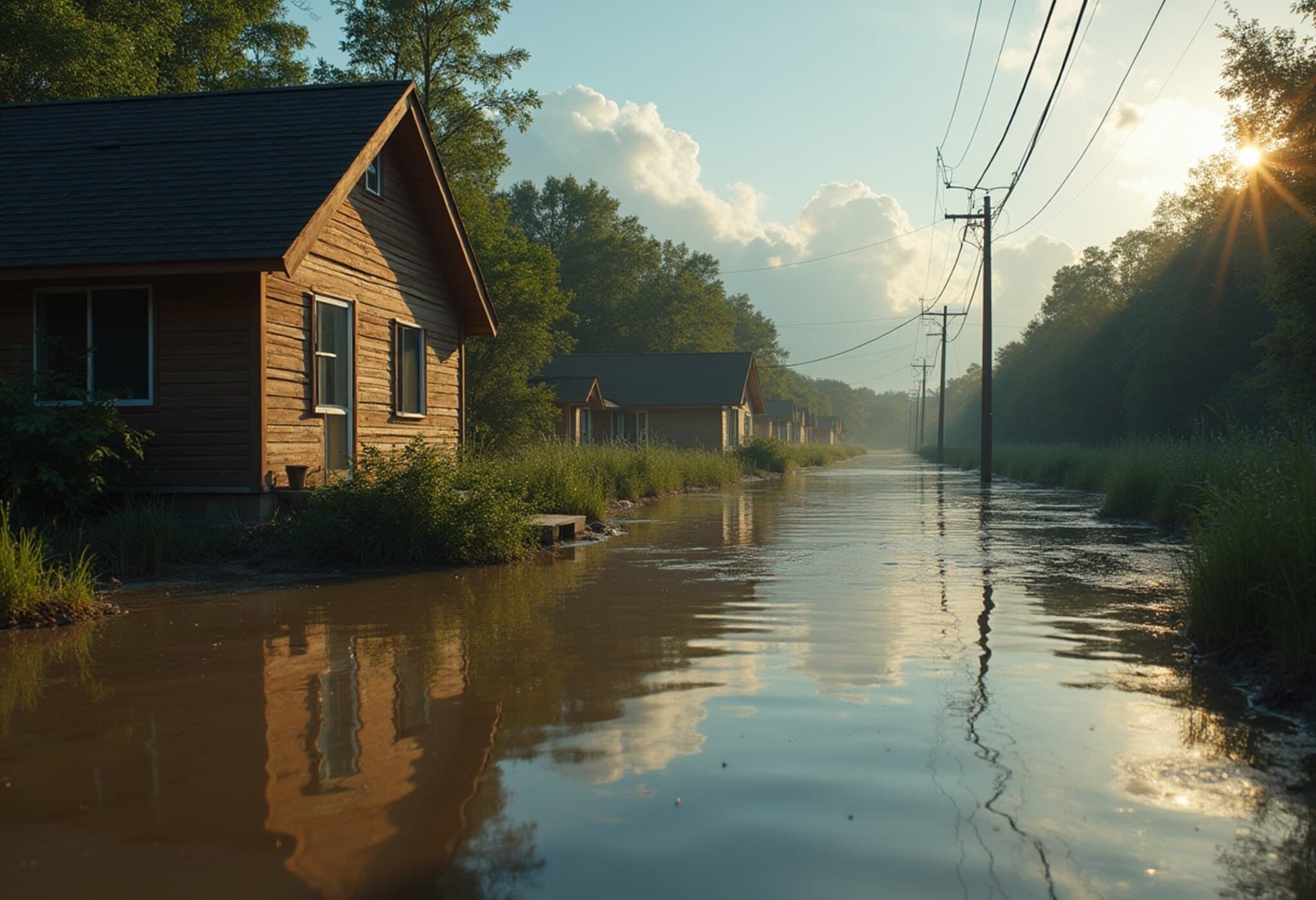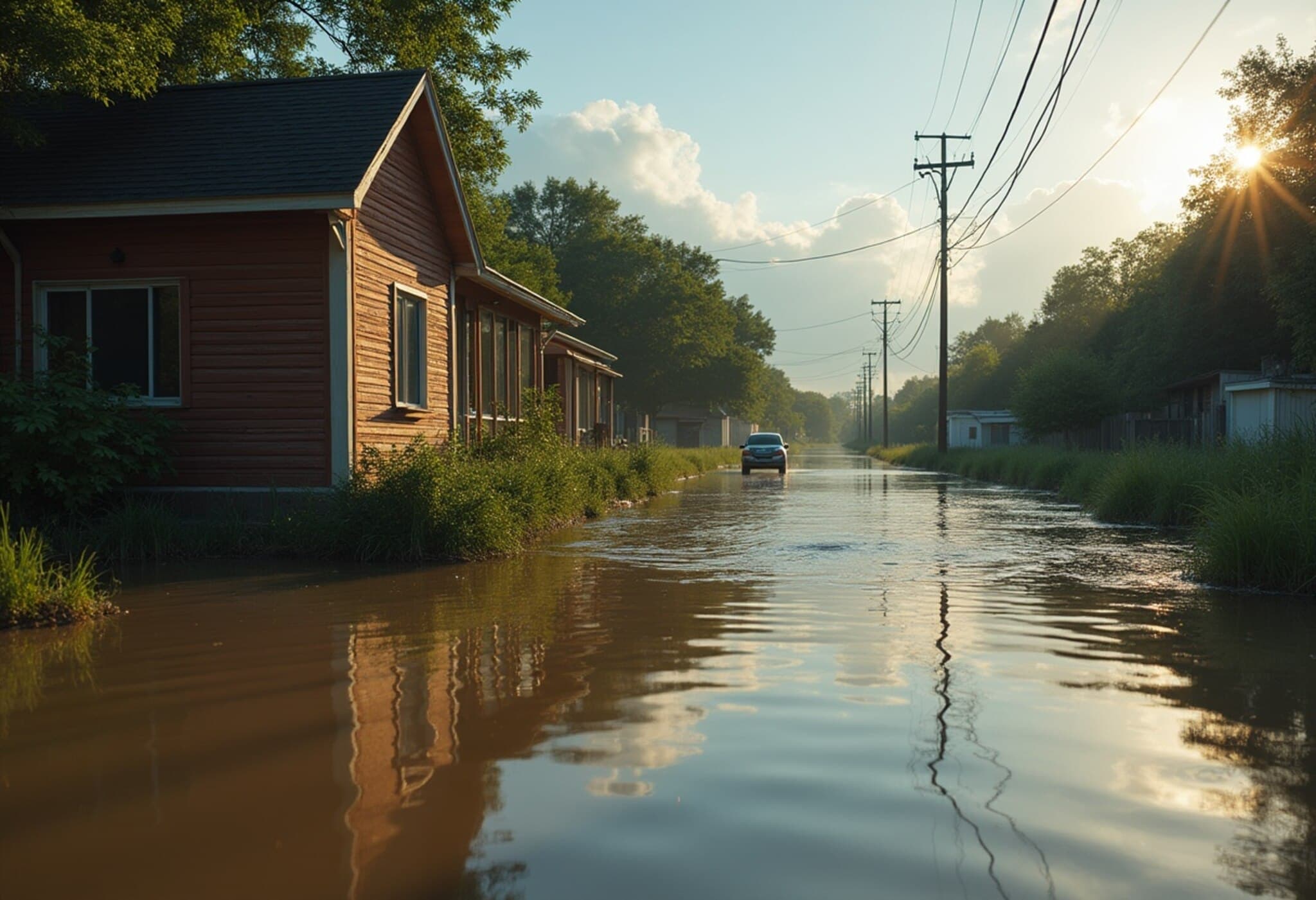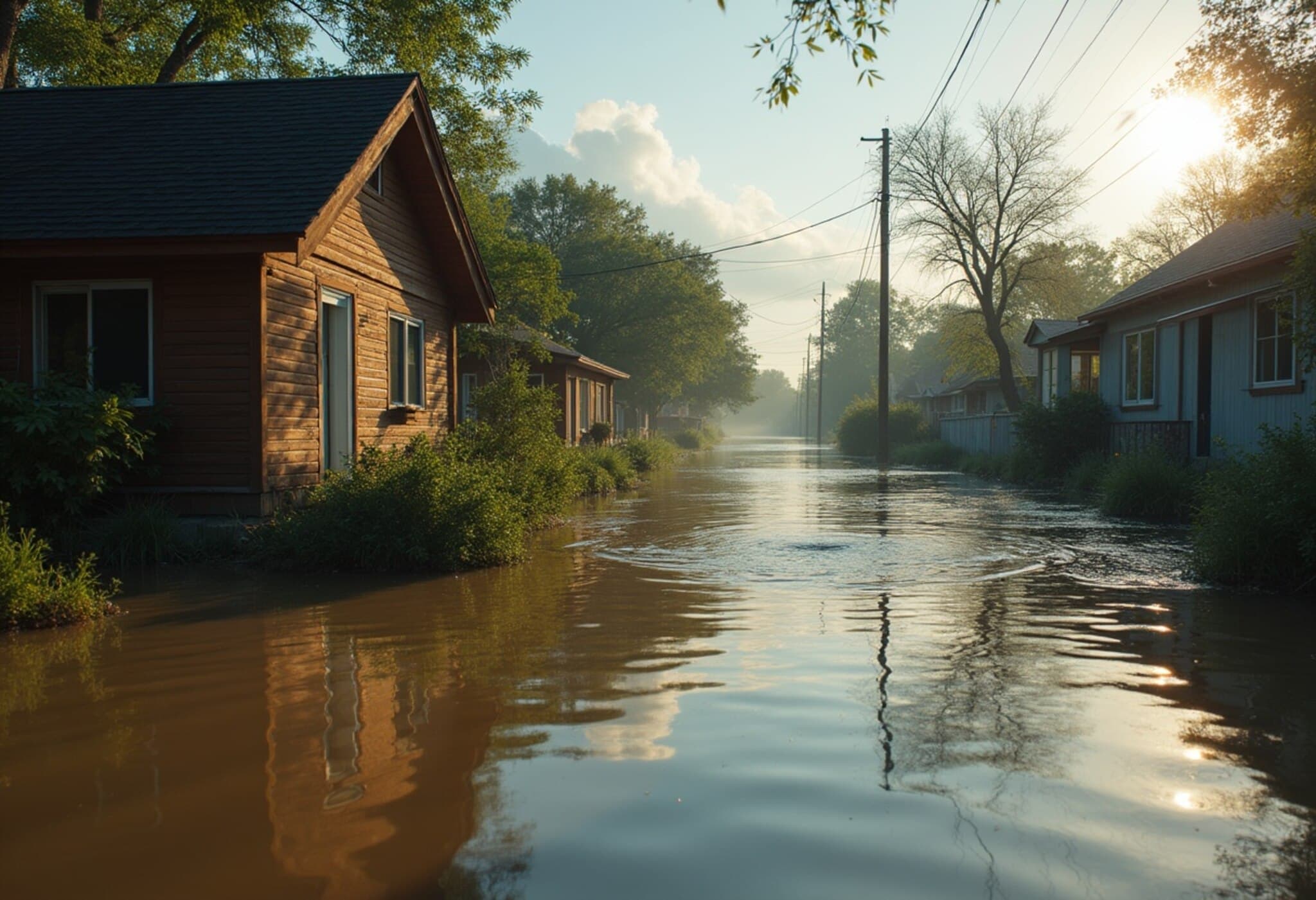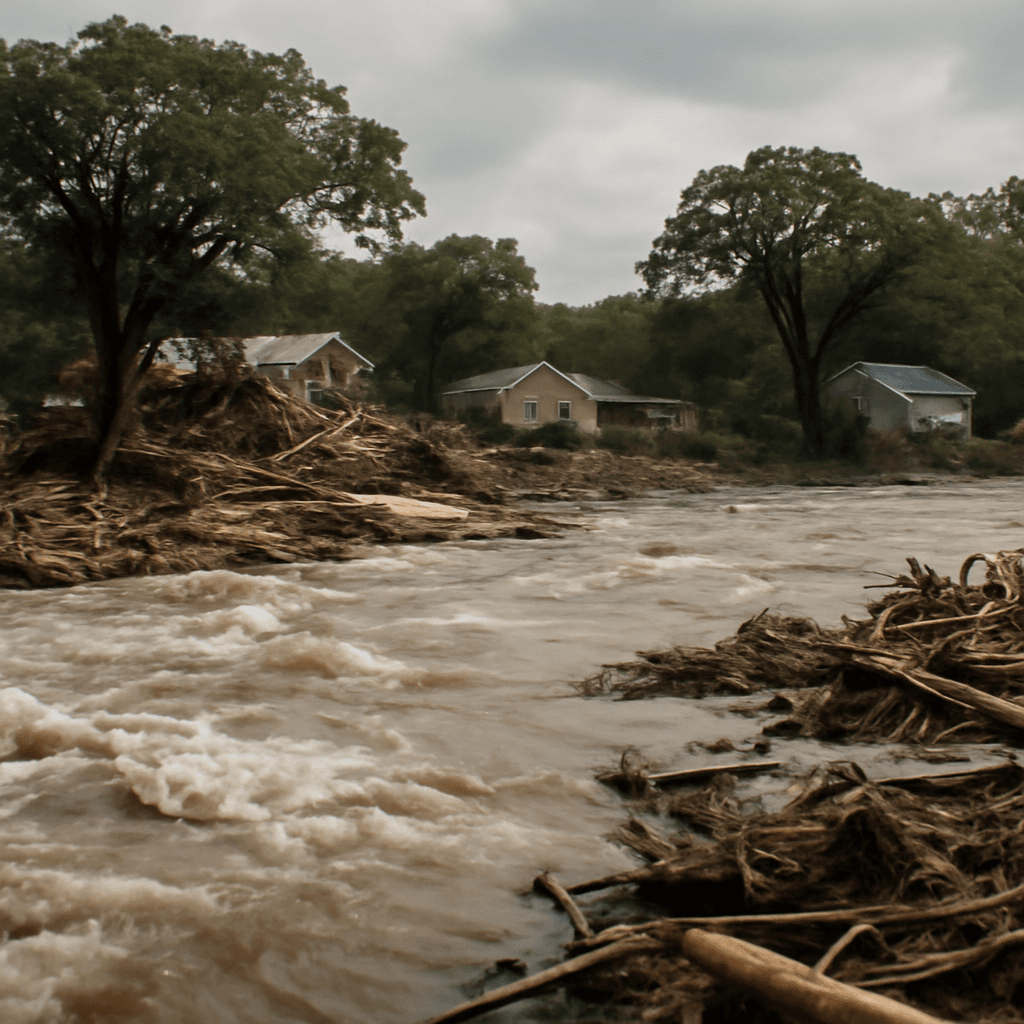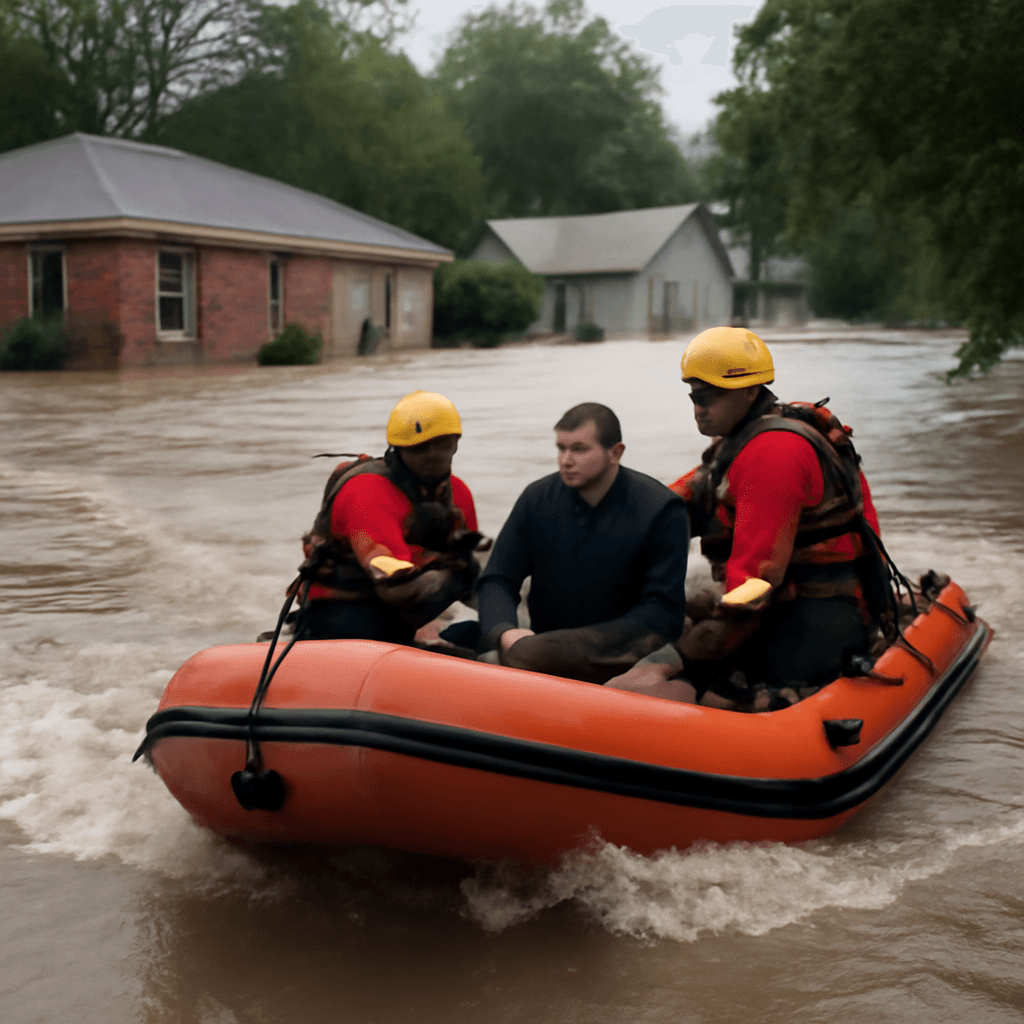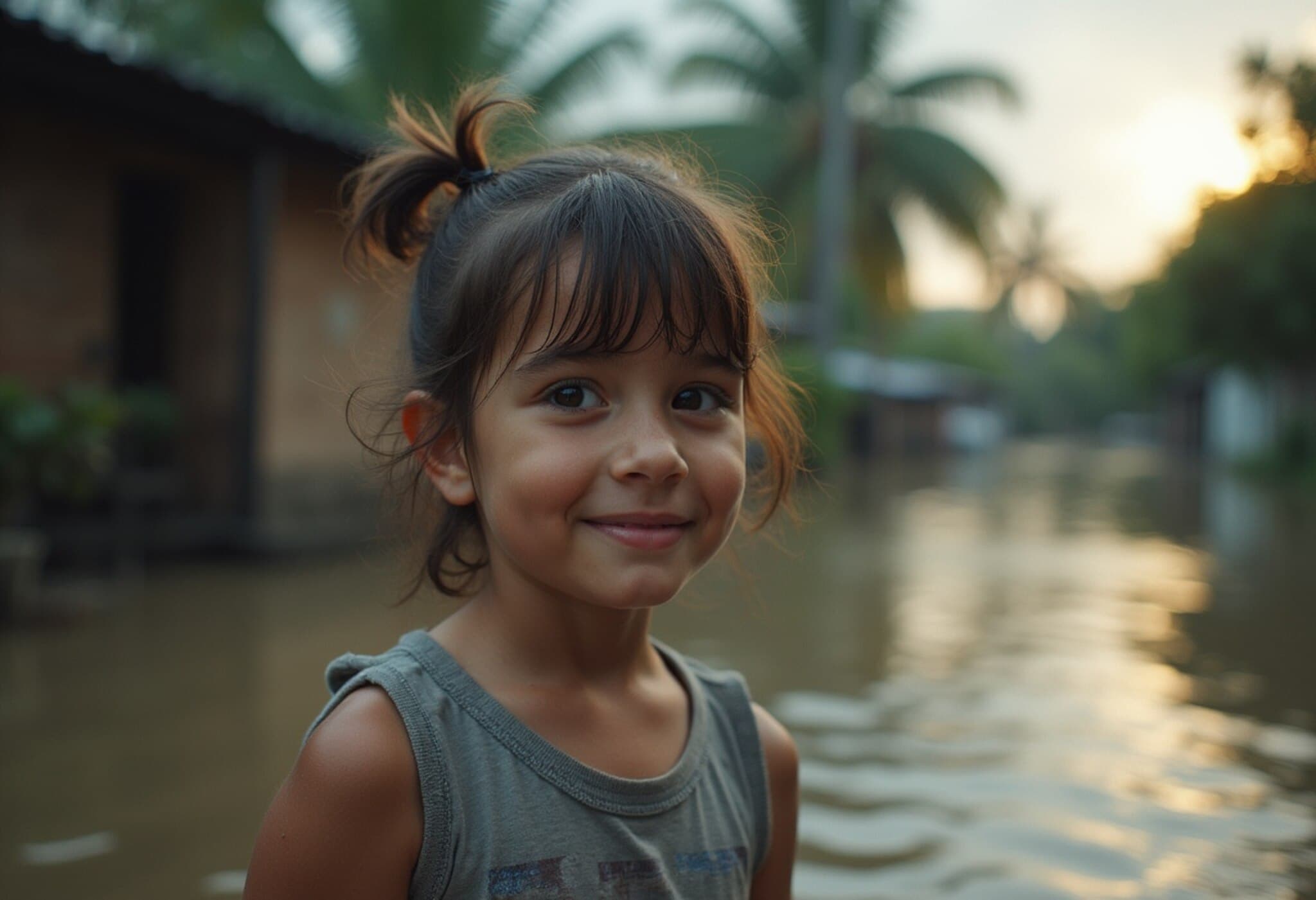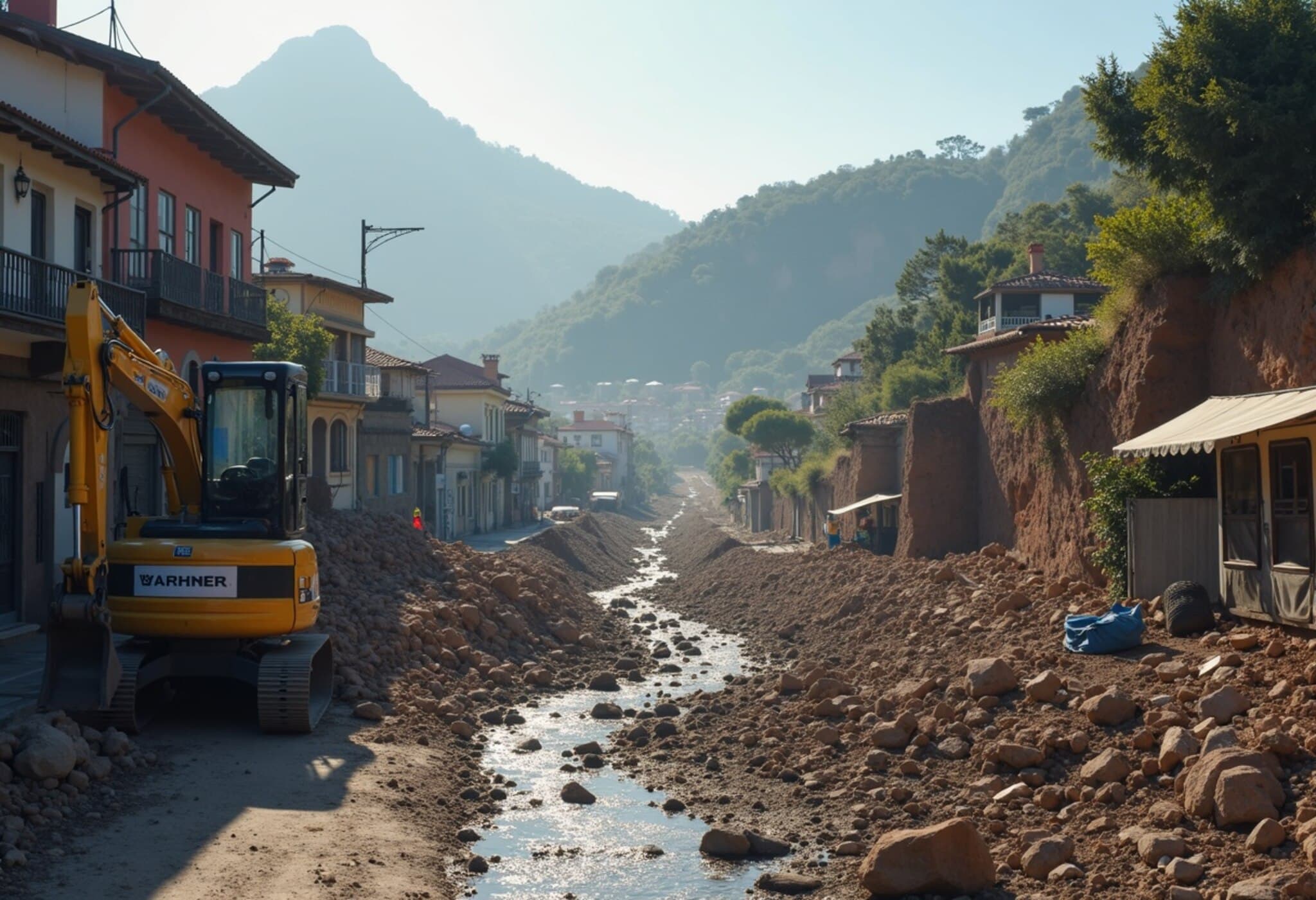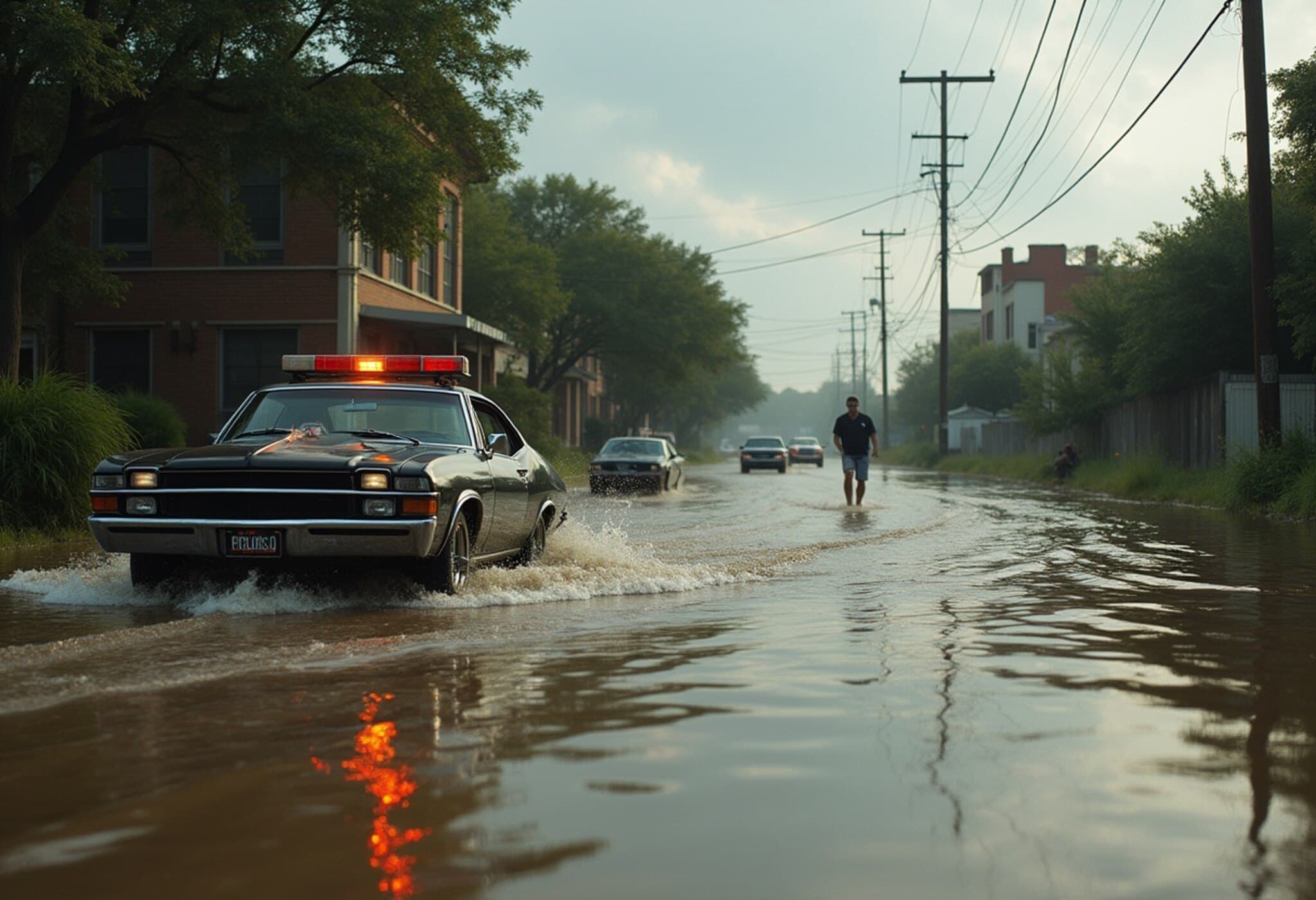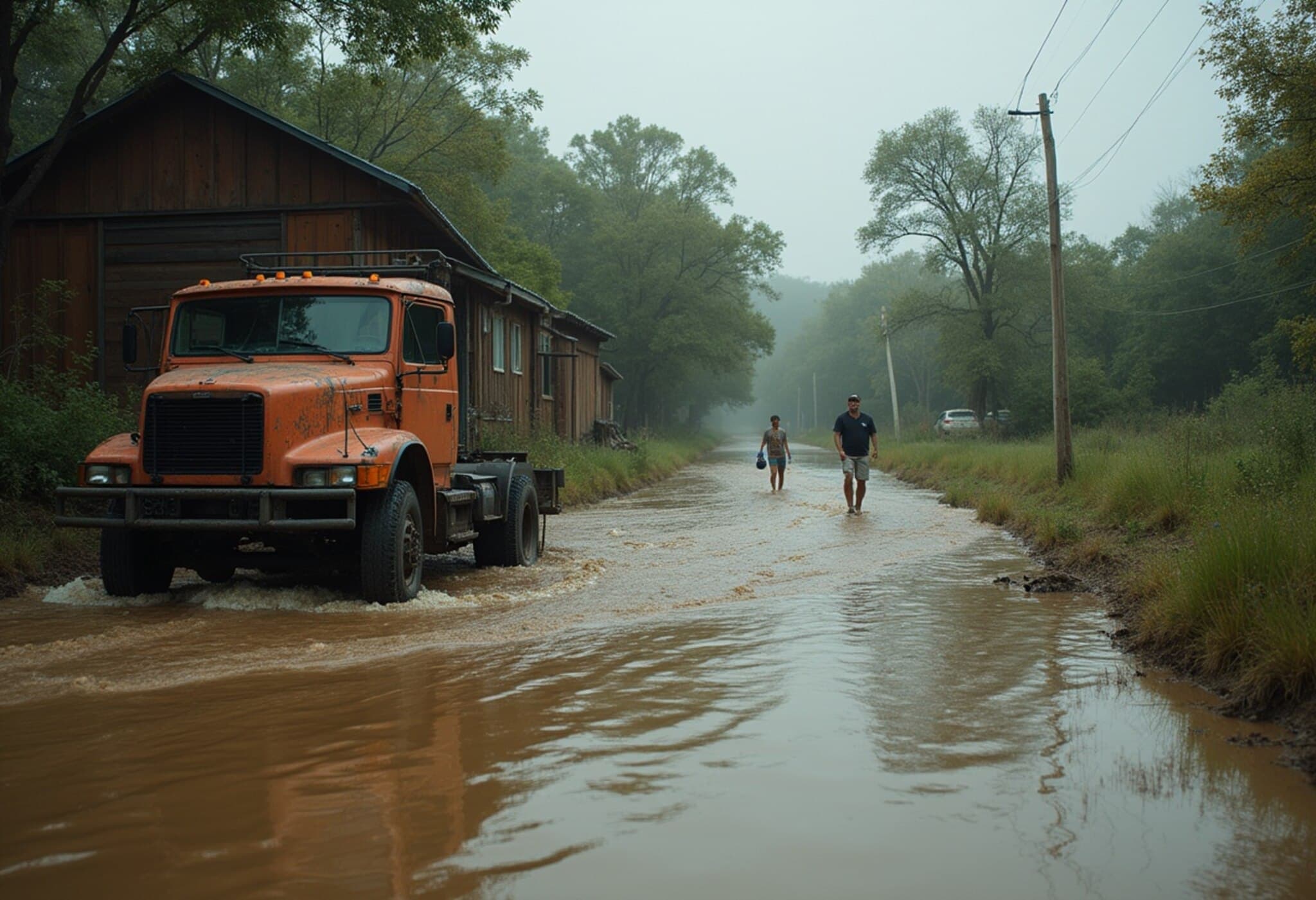Devastating Texas Flash Floods Cross 100-Fatality Mark Amid Questions on Emergency Response
In a tragic weekend marked by one of the most severe flash floods in recent Texas history, the death toll has surpassed 100 fatalities as rescue operations continue in the storm-ravaged central region. Torrential rains over the July Fourth weekend unleashed destructive floodwaters across the Texas Hill Country, leaving communities grappling with loss and raising tough questions about warning systems and evacuation protocols at vulnerable sites, including summer camps.
Catastrophic Impact at Camp Mystic and Surrounding Areas
Camp Mystic, an iconic all-girls Christian summer camp nestled by the Guadalupe River, has been hit hardest. Officials confirm the loss of 27 campers and counselors at Camp Mystic alone, with 10 campers and one counselor still missing as of Monday. Kerr County authorities have recovered 84 bodies, including 28 children, in the surrounding area, which hosts several campsites and cabins popular during summer.
The force and suddenness of the floods swept through cabins, tents, and riverside homes, tearing away everything in their path—from vehicles to trees. Miraculously, some survivors found refuge in the branches of trees amid the raging waters. Yet the aftermath paints a somber picture: riverbanks strewn with personal belongings such as mattresses, refrigerators, family photographs, canoes, and even a volleyball serve as haunting reminders of lives interrupted.
Regional Toll and Human Stories
Beyond Kerr County, nineteen deaths have been reported across neighboring areas including Travis, Burnet, Kendall, Tom Green, and Williamson counties. Among the victims are eight-year-old sisters from Dallas who were attending Camp Mystic and a former soccer coach and his wife whose daughters remain missing. These personal stories emphasize the devastating human cost of the disaster and the painful uncertainty many families continue to endure.
Warnings, Evacuations, and Emerging Questions
In the aftermath, a critical spotlight is turning toward emergency communications and evacuation decisions. The region, part of what meteorologists call "flash flood alley," is notorious for swift flooding, demanding prompt alerts and proactive relocations. Yet local authorities admit that incomplete cellphone coverage in remote campgrounds may have hindered timely warnings, complicating rescue efforts.
Dalton Rice, Kerrville’s City Manager, acknowledged the complexity: "We definitely want to dive in and look at all those things. We’re looking forward to doing that once we can get the search and rescue complete." Some camps reportedly acted on early weather advisories and moved occupants to safer ground, underscoring the critical value of advanced warnings in such volatile settings.
Political Perspectives and Federal Involvement
Senator Ted Cruz weighed in to deny that recent federal budget cuts delayed emergency alerts. He urged unity and realism amid the crisis: "There’s a time to have political fights, there’s a time to disagree. This is not that time." He emphasized forthcoming investigations and the imperative to learn from this calamity to enhance flood preparedness in Texas and beyond.
The National Weather Service had issued flood warnings starting Thursday and activated rare flash flood emergencies on Friday—a signal that immediate danger was imminent. However, the efficacy and reach of these warnings in remote, technologically limited areas remain a key concern for resilience experts and public safety officials.
Looking Ahead: Lingering Threats and Lessons
With additional rainfall forecasted, central Texas faces continued flood risks. Emergency planners and communities must brace for potential worsening conditions as recovery efforts simultaneously proceed. The tragedy underlines the growing challenges of flood management in an era of increasing extreme weather events, raising vital questions for policymakers and emergency agencies about technology infrastructure, community engagement, and resource allocation.
- How can warning systems be improved to reach isolated camps and neighborhoods?
- What protocols will ensure faster evacuations in high-risk flood zones?
- How will federal and state agencies collaborate more effectively amid budget constraints?
- What role does climate change play in the frequency and intensity of such disasters?
Editor’s Note
The Texas flash floods are a heartbreaking reminder of nature’s fury and the critical importance of robust, inclusive disaster preparedness. As investigations begin, it is essential for all stakeholders—from government bodies to local communities—to examine the gaps in communication and response that contributed to this toll. This tragedy prompts reflection not only on the immediate failures but also on how we build resilient infrastructures and systems that protect the most vulnerable, especially children in summer camps and remote areas.
Given the complexity of flash floods and the demographic diversity of affected regions, a multifaceted approach integrating technological upgrades, community education, and policy innovation is vital. Ultimately, rising to these challenges will determine how well we safeguard lives in an increasingly unpredictable climate.

